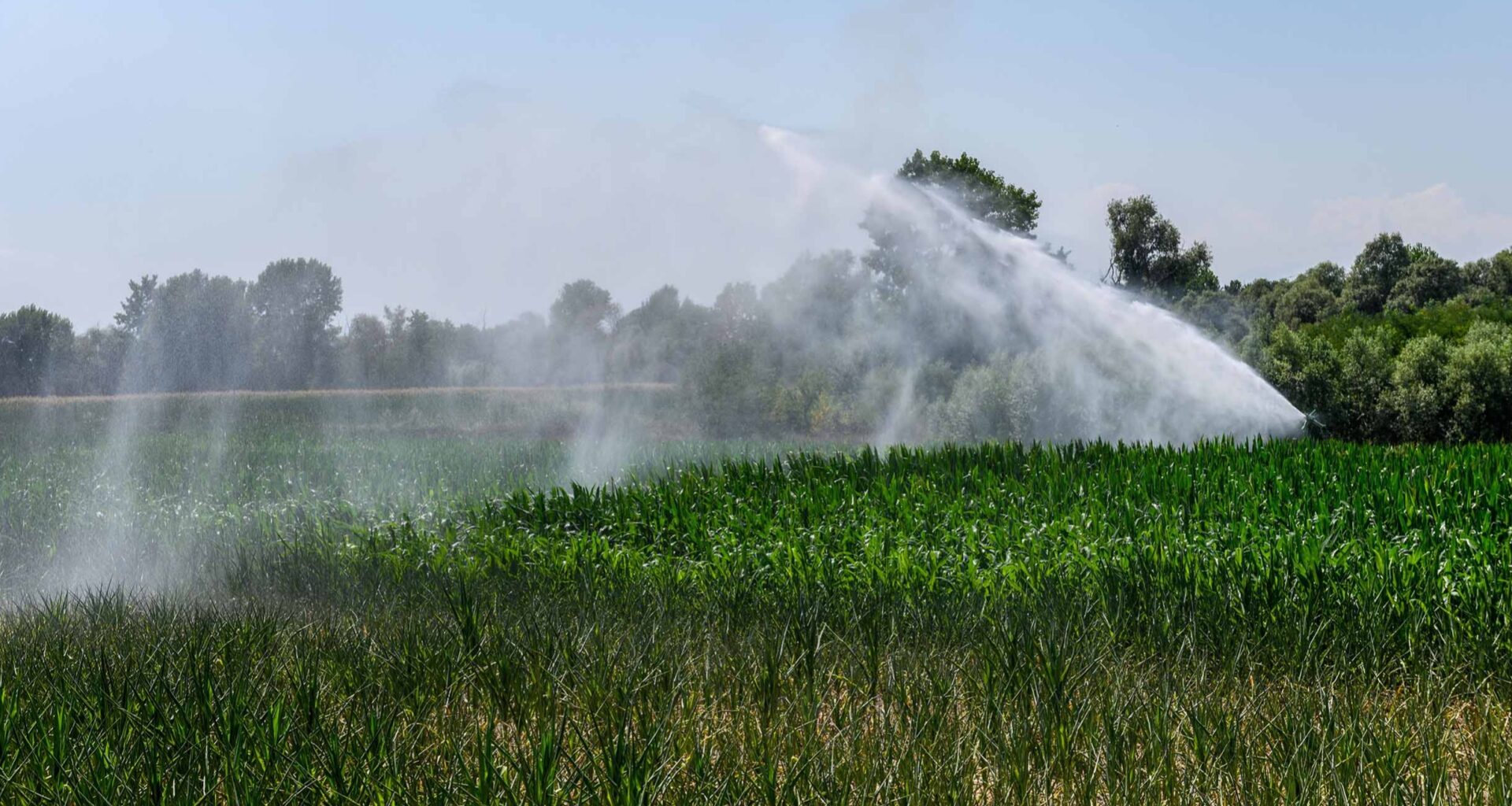Chantal van Ham is landscape partnerships lead for Europe at Commonland
Europe has mounting climate and food security challenges. Its failure to integrate agriculture into green policymaking threatens to undermine both
At a glance
-
Agriculture is the EU’s largest driver of environmental harm, yet remains siloed from climate and water policy discussions
-
Regenerative farming, which research suggests does not harm yields while reducing inputs, is being ignored in EU strategies and CAP reforms
-
Decoupling farming subsidies from environmental standards risks accelerating systemic collapse, rather than fostering resilience
As the EU community gathered last week for EU Green Week, one glaring omission underscored the bloc’s deepening struggle to connect the dots in its sustainability agenda: agriculture.
Despite being Europe’s single largest driver of water insecurity, pollution, land degradation, biodiversity loss and, increasingly, food insecurity, agriculture remains largely absent from key environmental policy discussions — and vice versa.
The European Commission’s recent agrifood vision conference offered an opportunity to address these issues, but it too failed to place the sector’s environmental footprint at the heart of its vision for the future. Instead, the EU continues to weaken environmental protections and treat agriculture and the environment as separate conversations. This is a dangerous false dichotomy that risks accelerating systemic collapse rather than building resilience.
This policy fragmentation comes at a time when the evidence for integrating nature and agriculture has never been stronger. Last week, the European Alliance for Regenerative Agriculture published the largest farmer-led benchmarking study of regenerative agriculture across Europe.
Its findings are compelling: they show farmers using regenerative methods produced equal or even higher yields while cutting synthetic inputs by more than 60 per cent, reducing water stress, lowering fuel use, restoring soil health, cooling local microclimates and strengthening rural economies.
Regenerative farming can be a practical, proven pathway to address Europe’s environmental, social and economic challenges. Yet, it remains absent from core EU legislative and policy frameworks.
The EU’s recently adopted Water Resilience Strategy is one example. While the strategy acknowledges growing water risks, it fails to confront fully agriculture’s role in depleting and polluting water systems.
Regenerative farming is not only a theoretical solution but a practical, proven pathway to address Europe’s environmental, social and economic challenges simultaneously
Agriculture accounts for at least 29 per cent of the EU’s total water use, and in southern Europe it is by far the dominant pressure on scarce water resources. The failure to phase out harmful chemicals, restore broken water cycles through nature-based solutions, and apply the polluter pays principle to agriculture leaves significant gaps in the EU’s water resilience ambitions.
The Common Agricultural Policy, which consumes roughly one-third of the EU budget — around €55bn annually — offers another critical lever for change. Yet, recent proposals to decouple environmental standards from CAP subsidies risk weakening, rather than strengthening, the regulatory foundations that underpin Europe’s long-term resilience.
Without meaningful environmental conditions tied to this major public investment, the EU risks pouring billions into farming systems that continue to degrade soils, pollute waterways, threaten our own health, and undermine the economic viability of farmers themselves.
And the stakes are rising. Climate change projections point to increasing floods, droughts and crop failures across the continent. In 2024, European apple production fell by 11 per cent on average due to climate change effects, with some regions experiencing losses of up to 90 per cent.
Meanwhile, cereal yields dropped an estimated 7 per cent below the five-year average. As yields become more erratic and the EU remains heavily dependent on imported feed and inputs, its food security and strategic autonomy grow increasingly fragile.
Integrated landscape restoration
Against this backdrop, regenerative agriculture and integrated landscape restoration offer the clearest win-win available. By rebuilding soil health, improving biodiversity and restoring natural water cycles, regenerative practices can help mitigate both drought and flood risks while delivering steady, diversified income for farmers.
Importantly, the transition to regenerative systems is not a distant aspiration. As the EARA’s data shows, this is already being implemented successfully by pioneering farmers across more than 14 European countries.
Yet too often, these farmers remain sidelined in EU policymaking. Regenerative practices are treated as niche innovations — something for the “young” or “modern” — rather than core components of the bloc’s food and climate security.
CAP payment structures continue to reward conventional practices while failing to incentivise measurable outcomes such as improved soil health, water retention, or carbon sequestration. Transitioning to a results-based approach could unlock environmental and economic benefits, rewarding farmers who deliver tangible public goods, as the EARA suggests in its latest CAP recommendations report.
The EU’s long-term food security, water resilience and economic competitiveness depend on breaking down these persistent policy silos. Instead of removing the links between the CAP and environmental and climate change legislation, the EU should see integrated plans as a unique opportunity to support small and medium-sized farmers and landowners.
This would enable them to implement the Nature Restoration Regulation and other critical European ambitions, and shift away from extractive, monoculture-based agriculture towards integrated, regenerative systems that can enhance the overall health and vitality of our communities, landscapes and the economy.
Without decisive action, we risk locking farmers, consumers and businesses into increasingly unsustainable models. But with integrated, science-backed solutions and farmers leading the way, Europe has a chance to build a more resilient, prosperous and equitable food system for the long term. The question is whether policymakers will finally have the courage to connect the dots.
